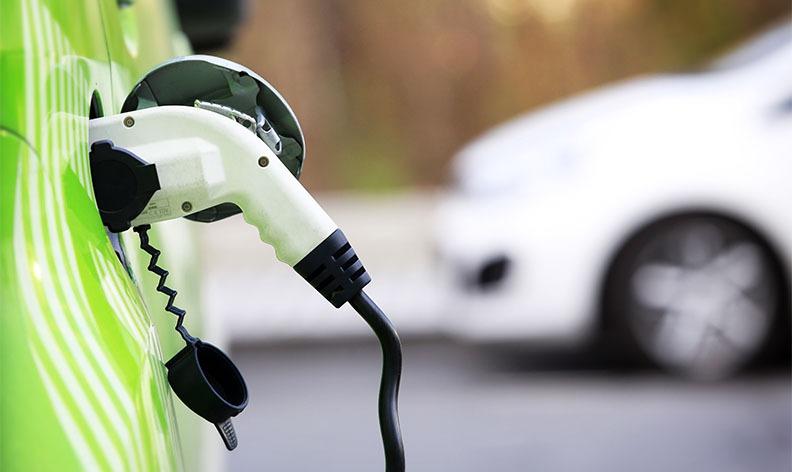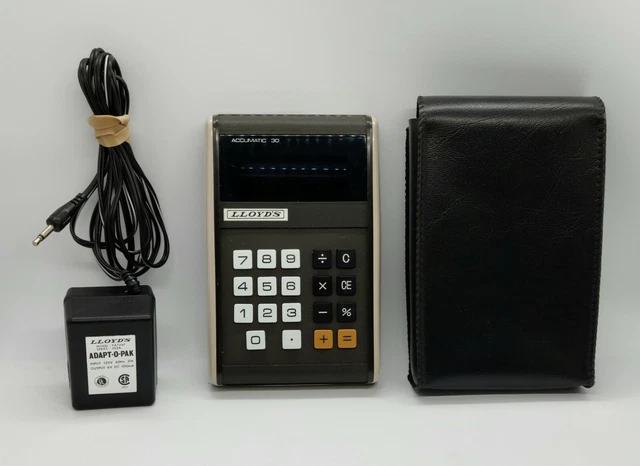The one I saw was on Tomken, a 60 KPH road therefor illegal.Here are the rules. As it is a motorized vehicle, it is not allowed in bike lanes. I was surprised they may you have 1M in liability to operate one. No wonder they aren't common, that alone basically kills cost-effectiveness.
It's good to see the insurance and registration part (Below) has been recognized. Now make that applicable to the e-bikes as well.
Insurance and registration
In addition to meeting the requirements under the pilot program, low-speed vehicles must have insurance and be registered through ServiceOntario.
To register a low-speed vehicle, you will need:
- a completed and signed Low-Speed Vehicle Registration Declaration form. The form states that you acknowledge:
- the low-speed vehicle pilot program
- the operating requirements under the pilot program
- that low-speed vehicles have fewer safety features than a passenger car
- proof of insurance that meets the requirements of the Compulsory Automobile Insurance Actand that provides coverage for:
- liability (minimum $1 million)
- medical, rehabilitation and attendant care benefits (minimum $65,000) for non-catastrophic injuries and $1 million for catastrophic injuries
The stupid part of this is that the pilot project is provincial but can be overridden by municipalities. Oh goodie, more confusion for the police if they ever decide to clamp down


























